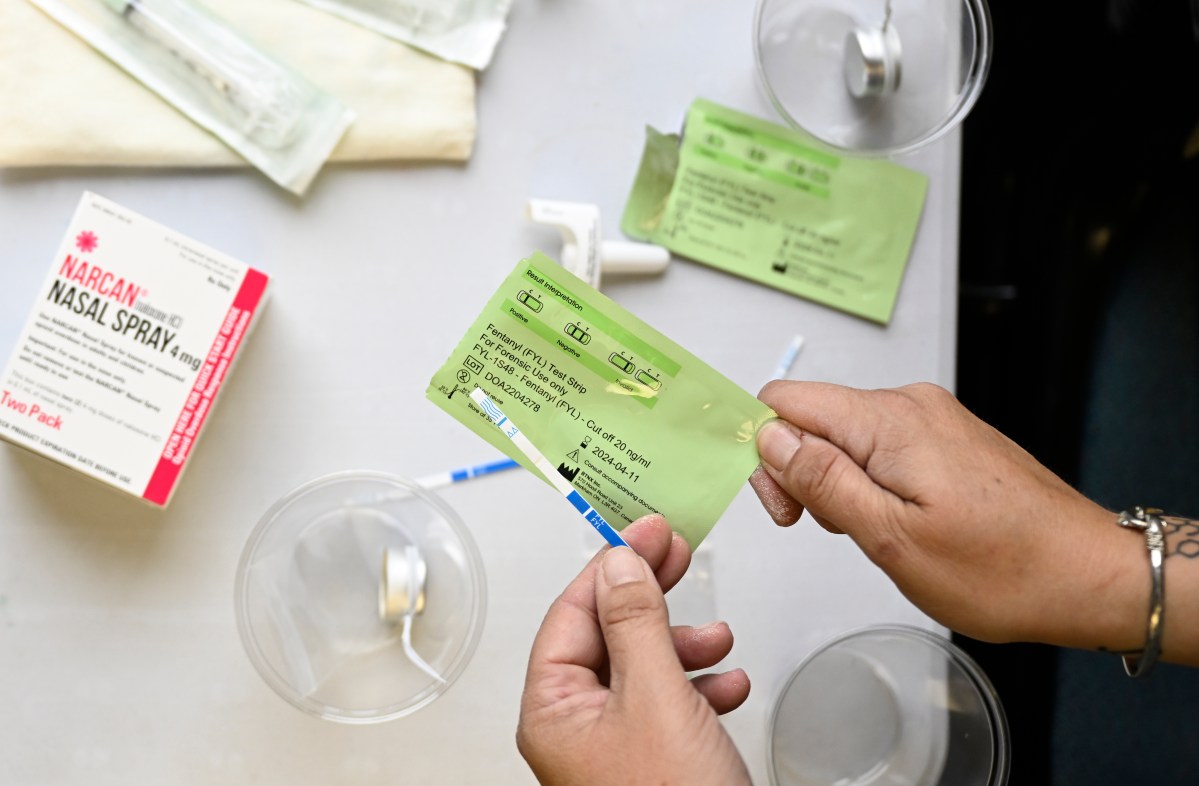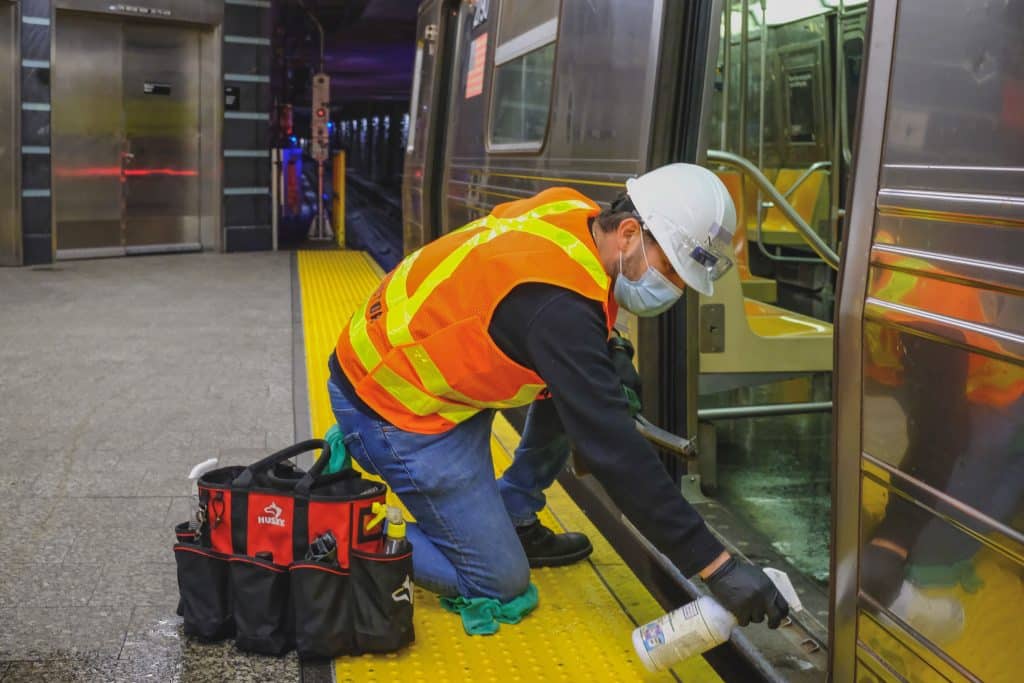(Reuters) – Here’s what you need to know about the coronavirus right now:
No time to be complacent
Spikes in novel coronavirus infections in Asia have dispelled any notion the region may be over the worst, with Australia reporting its deadliest day on Thursday, Vietnam fretting over a new surge of cases and India reporting more than 52,000 new cases over the previous 24 hours.
Asian countries had largely prided themselves on rapidly containing initial outbreaks after the virus emerged in central China late last year, but flare-ups this month have shown the danger of complacency.
In isolated North Korea, which says it has had no domestic cases, the Rodong Sinmun newspaper warned against carelessness. “A moment of inattention could cause a fatal crisis,” it said.
“So far, so good” on vaccine
Drugmaker AstraZeneca said on Thursday that positive data was coming in on its vaccine for COVID-19, already in large-scale human trials and widely seen as the front-runner in the race to produce a shot against the novel coronavirus.
“The vaccine development is progressing well. We have had good data so far. We need to show the efficacy in the clinical programme, but so far, so good,” Chief Executive Pascal Soriot said on a media call.
AstraZeneca has already reached deals with countries to make more than 2 billion doses of its COVID-19 vaccine, developed in partnership with the University of Oxford, and says it could be approved by the end of this year.
Isolate for longer
Anyone who tests positive or shows symptoms of COVID-19 in Britain will have to self-isolate for 10 days instead of the previous seven, based on a low but tangible possibility that people could remain infectious for longer.
“In symptomatic people COVID-19 is most infectious just before, and for the first few days after symptoms begin,” the UK chief medical officers said in a statement on Thursday.
“Evidence, although still limited, has strengthened and shows that people with COVID-19 who are mildly ill and are recovering have a low but real possibility of infectiousness between 7 and 9 days after illness onset.”
A death a minute
One person in the United States died about every minute from COVID-19 on Wednesday as 1,461 new deaths were recorded, the highest one-day increase since 1,484 on May 27, according to a Reuters tally. U.S. coronavirus deaths are rising at their fastest rate in two months.
Spikes in infections in Arizona, California, Florida and Texas this month have overwhelmed hospitals. The rise has forced states to make a U-turn on reopening economies that were restricted by lockdowns in March and April to slow the spread of the virus.
Many health experts say the outbreak could be brought under greater control if guidelines to maintain social distancing and to wear masks in public were enforced nationwide.
“Recession of a century”
The German economy contracted at its steepest rate on record in the second quarter as consumer spending, company investment and exports all collapsed during the peak of the COVID-19 pandemic, wiping out nearly 10 years of growth.
Gross domestic output in Europe’s largest economy shrank by 10.1% quarter-on-quarter from April to June after a revised 2.0% contraction in the first three months of the year.
The plunge was worse than the 9% contraction predicted by economists in a Reuters poll. Adjusted for inflation, seasonal and calendar effects, it erased almost a decade of growth.
“Now it’s official, it’s the recession of a century,” said DekaBank economist Andreas Scheuerle.
(Compiled by Linda Noakes and Karishma Singh; Editing by Hugh Lawson)

























